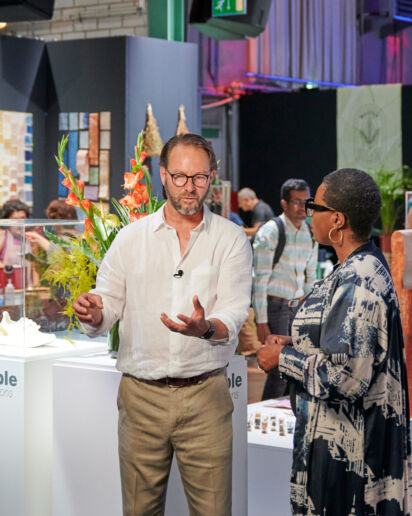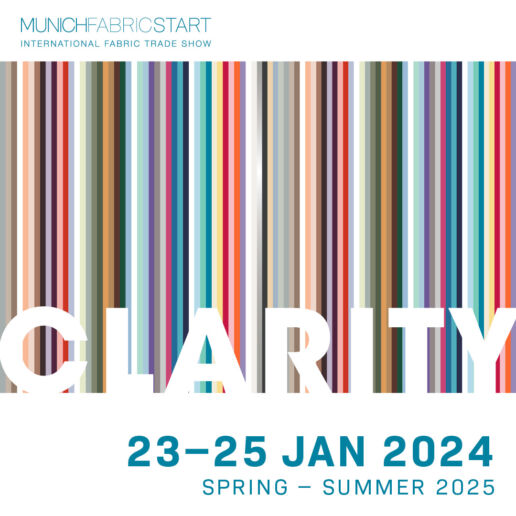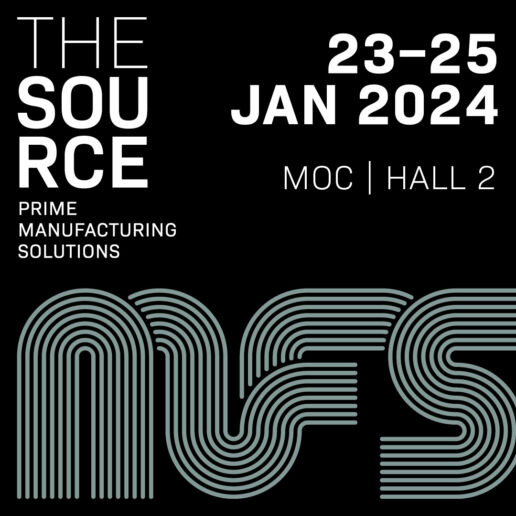Marvelling at the levels of sophistication and innovation modern fabrics have attained and continue to breach, it is easy to forget that our relationship with textiles is one of the most intimate and primal ones we have. Granted, today’s creations are (thankfully) far removed from the scratchy cloth our ancestors wore huddled around the fire.
But over the course of time, our relationship with textiles has changed. While we have – technically and commercially – never been closer to textiles, ambitiously engineering fabric compositions to cater to an increased demand of sustainability, for instance, we are ironically also stepping further away emotionally from what was once – literally – closest to us. Today, our engagement with textiles is largely dependent on the prism through which we choose to experience and value it:
We have increasingly come to approach textiles as objects of research and science, questioning what characteristics new fabrics ought to have and how existing textiles can be improved to comply with the ever-changing demands of the market. Impressive examples of such science-led approaches are two projects within the BIOTEXFUTURE-cluster, led by the Institute for Textile Technology (ITA) and the Chair for Technology and Organizational Sociology (STO) at RWTH Aachen together with their industry partner adidas. Within BIOTEXFUTURE, they investigate the transition of the textile value chain to bio-based materials, including alternatives to conventional elastane (CO₂Tex), or the establishment of bio-based polymers in the industry (BIOBASE).

Of course, textiles also lend themselves to in-depth material exploration, analysing intricacies of production and means of (p)rethinking and challenging standards. Think of leather and its unique characteristics – who would have thought something strikingly similar could be crafted from a hemp plant, as illustrated by Lucas Fuhrmann’s “Revoltech”? Or going so far as to almost brutally decontextualize a biomaterial like feathers from their original purpose of insulation, submitting it completely to the functionality of aesthetics, as Suzanne Corcessin has done with “Being Plucked”.

Simon Angel
And still, textiles can be a means of social connection – looking at the emotional component of fabrics, their functionality and the effects they have on others in public and private interaction, reconstructing relationships and the marriage between human and textile. Beautiful testaments of such exploration are the works of Paul Schaffer, whose collection of woven fabrics aims to foster appreciation for the interconnectedness of organisms, Sophie Conroy, who investigates the metaphysical significance of textiles as a connection between the body and the environment, and Elizabeth Balado’s “Blooming Minds: Social Printing”.
Are we leading or following completely different dynamics? Are we at risk of sacrificing artistic intimacy for scientific progress? Are we winning or losing touch? It’s not about being right or wrong, but a question of prism. The Sustainable Innovations Forum proves that it is possible to navigate these different dynamics. Take Cloudwool, for example: with a diverse portfolio and numerous opportunities to work with their product, they have attracted the attention of the likes of Grenson and Balenciaga, effectively demonstrating that it IS possible to unite the different dimensions of soul and science, while successfully positioning their product at the same time.
Feel the difference in dynamics for yourself – come and meet us in the KEYHOUSE and experience the Sustainable Innovations Forum.
Best wishes,
Simon
INFORM & INSPIRE YOURSELF AT THE MUNICH FABRIC START
IN THE SUSTAINABLE INNOVATIONS AREA IN THE KEYHOUSE – H5!





